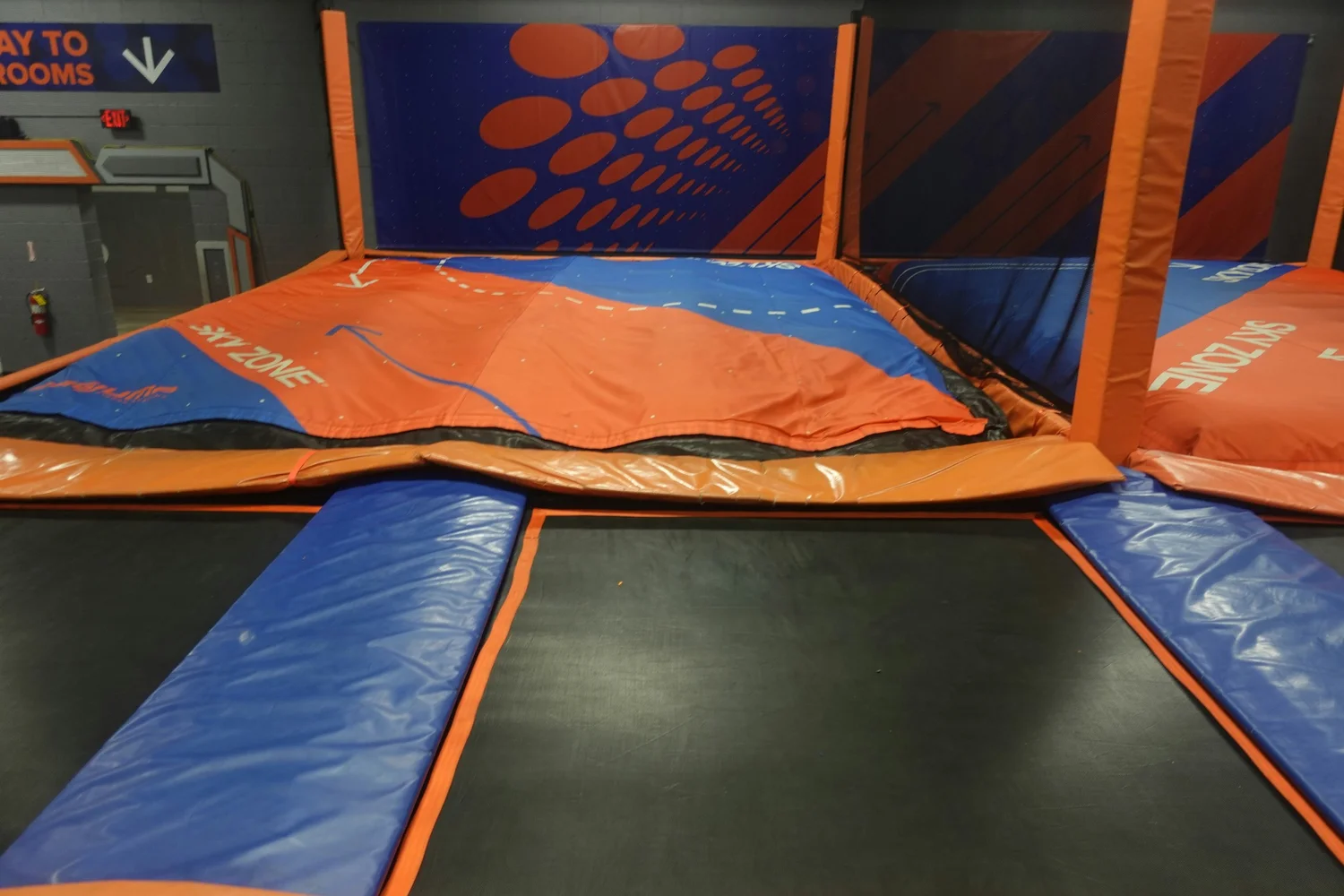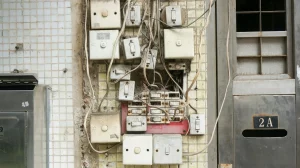Image: https://unsplash.com/photos/trampolines-at-an-indoor-trampoline-park-wjStqkXYxV0
Designing a trampoline park fit out involves more than simply installing trampolines and safety nets. It requires thoughtful planning that balances fun, safety, and operational efficiency, creating a space that draws visitors in and encourages them to return. As the popularity of trampoline parks continues to grow, standing out in this competitive market means creating an environment that offers an unforgettable experience from the moment customers step inside.
Prioritising Safety Without Compromising Fun
A successful trampoline park fit out begins with safety as its foundation. Ensuring that all equipment complies with industry standards and is installed correctly reduces the risk of injuries and boosts visitor confidence. Well-padded edges, impact-absorbing flooring and clear signage are essential components of a safe environment.
Beyond safety, a well-designed layout maximises space usage without making visitors feel cramped. Designated zones for different age groups or activity types help maintain order while catering to diverse customer needs. When guests feel safe, they are more likely to relax and enjoy their visit fully, increasing the chances of repeat visits.
Creating an Inviting Atmosphere with Thoughtful Interior Design
The ambiance of a trampoline park plays a significant role in attracting customers. A carefully curated trampoline park fit out can use bright colours, dynamic lighting and modern décor to create an energetic yet welcoming atmosphere. Wall murals, themed areas or interactive digital displays can enhance the visual appeal and provide memorable photo opportunities that visitors love sharing on social media.
Comfort is also key, especially for parents or guardians who may spend time supervising children. Providing comfortable seating areas with good visibility of the jumping zones encourages longer stays and makes the experience more enjoyable for all visitors.
Efficient Layout to Optimise Visitor Flow
Planning the layout of the trampoline park fit out is vital to managing customer flow smoothly. Entrances, exits and reception areas should be clearly marked and easy to navigate. Avoiding bottlenecks near popular attractions or check-in points reduces frustration and wait times.
Incorporating well-thought-out queuing systems and designated spaces for groups or parties helps the park operate more efficiently. A logical flow from reception to lockers, shoe zones and jumping areas creates a seamless visitor journey that enhances overall satisfaction.
Incorporating Technology to Enhance the Experience
Modern trampoline parks can benefit from integrating technology into their fit out. Digital check-in kiosks speed up the entry process and reduce staff workload, allowing visitors to start their fun sooner. Interactive screens displaying safety videos, park maps or event schedules improve communication and engagement.
Additionally, incorporating music and sound systems that can be controlled centrally ensures the atmosphere can adapt to different events or times of day. Technology can also play a role in marketing efforts, such as offering free Wi-Fi to encourage social media sharing and positive word-of-mouth.
Providing Amenities That Encourage Longer Visits
A trampoline park fit out that includes well-planned amenities can increase dwell time and revenue. Snack bars or cafes offering refreshments create a social hub where visitors can relax between sessions. Clean and accessible restroom facilities are crucial for comfort, especially for families.
Consider spaces for birthday parties or corporate events, which often require private rooms or flexible seating arrangements. These additional features make the park appealing for various occasions, broadening its customer base and increasing profitability.
Maintaining High Standards Through Practical Design Choices
Durability is an important factor in any trampoline park fit out. Equipment and furniture should be chosen not only for their style but also for their ability to withstand heavy use. Materials that are easy to clean and maintain help keep the environment hygienic and inviting.
Storage solutions that keep equipment organised and out of the way prevent clutter and safety hazards. Staff areas designed for efficiency and comfort improve employee satisfaction, which in turn supports better customer service.



